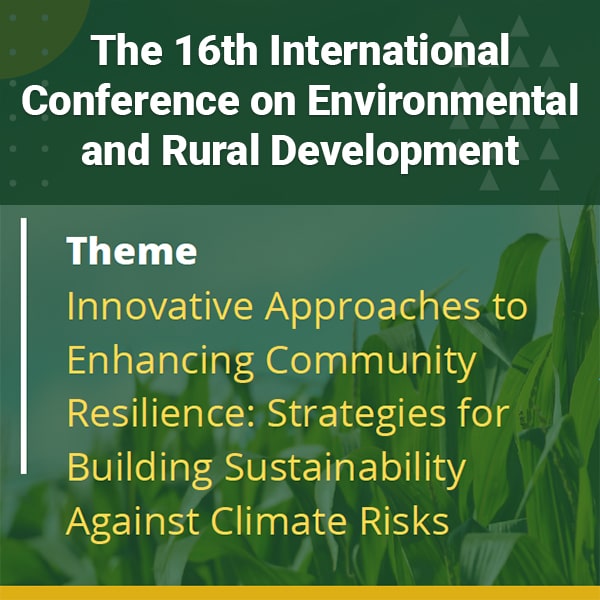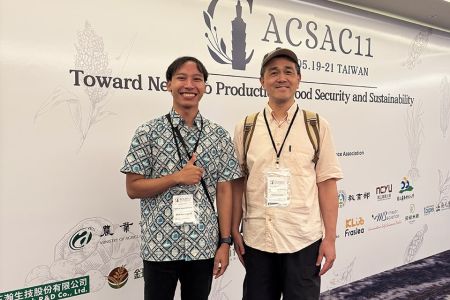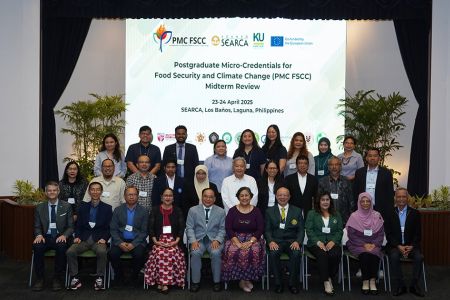Improving Agricultural Productivity while Conserving Biodiversity
Professors from the University of British Columbia (UBC), Canada and Stanford University, USA have recently published the world’s first planning framework that calculates the production and conservation benefits of investments in farmland. They are Dr. Kai Chan, Assistant Professor at Institute for Resources, Environment and Sustainability, UBC and Dr. Gretchen Daily, Professor, Department of Biological Sciences, Stanford University.
The framework identifies how the components of a landscape, such as a field and vegetation types, contribute to individual species. It then analyzes the species’ survival chances based on its need for habitat types and the distribution of habitats across the landscape. Then it predicts how changes in habitat will affect individual species and the total richness of species.
A Canada Research Chair in Biodiversity in Ecosystems Services, Dr. Chan said biodiversity is a tremendous store of natural capital and we have moral duties to protect it.
Dr. Chan has recently tested the framework to create a business case for farmers of Costa Rica to invest in a series of windbreaks that are protecting bird habitats and improving agricultural productivity.
Biodiversity in Costa Rica, as in many places in Latin America, has been ravaged by logging and agriculture industries.
Dr. Chan and his colleagues used the framework to identify windbreaks as way to improve productivity of cattle and crops and to help protect 17 species of birds, including many that migrate from the U.S. and Canada.
According to Dr. Chan, cattle, bananas and coffee were under stress from high winds and underperforming, so there was a clear economic argument for investing in wind barriers. He and his colleagues investigated how different wind barriers would impact biodiversity. They determined that by planting a mix of native trees, shrubs and other plants they could not only shelter the farm from wind for less than the cost of a wood fence, but also provide an important habitat for these birds.
The results of his work with farmers were recently published in the journal Proceedings of the National Academy of Sciences.
Dr. Chan said most people do not realize that small, targeted changes to farms can have a positive impact on biodiversity without affecting their bottom line. He said the people who structure farm payment schemes and subsidy policies are in dire need of tools to help them make those complex decisions. (LLDD, with report from UBC Reports, Vol. 55, No. 2)
















